#Pulsar
Text
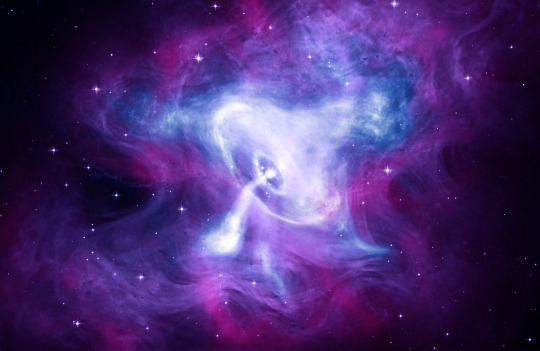
Navigating Deep Space by Starlight
On August 6, 1967, astrophysicist Jocelyn Bell Burnell noticed a blip in her radio telescope data. And then another. Eventually, Bell Burnell figured out that these blips, or pulses, were not from people or machines.

The blips were constant. There was something in space that was pulsing in a regular pattern, and Bell Burnell figured out that it was a pulsar: a rapidly spinning neutron star emitting beams of light. Neutron stars are superdense objects created when a massive star dies. Not only are they dense, but neutron stars can also spin really fast! Every star we observe spins, and due to a property called angular momentum, as a collapsing star gets smaller and denser, it spins faster. It’s like how ice skaters spin faster as they bring their arms closer to their bodies and make the space that they take up smaller.
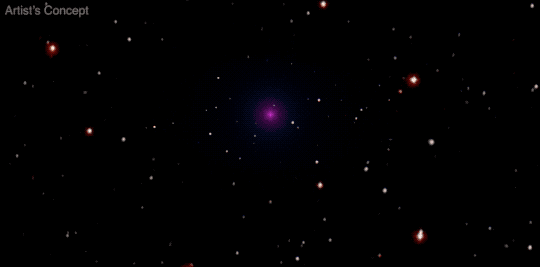
The pulses of light coming from these whirling stars are like the beacons spinning at the tops of lighthouses that help sailors safely approach the shore. As the pulsar spins, beams of radio waves (and other types of light) are swept out into the universe with each turn. The light appears and disappears from our view each time the star rotates.

After decades of studying pulsars, astronomers wondered—could they serve as cosmic beacons to help future space explorers navigate the universe? To see if it could work, scientists needed to do some testing!
First, it was important to gather more data. NASA’s NICER, or Neutron star Interior Composition Explorer, is a telescope that was installed aboard the International Space Station in 2017. Its goal is to find out things about neutron stars like their sizes and densities, using an array of 56 special X-ray concentrators and sensitive detectors to capture and measure pulsars’ light.

But how can we use these X-ray pulses as navigational tools? Enter SEXTANT, or Station Explorer for X-ray Timing and Navigation Technology. If NICER was your phone, SEXTANT would be like an app on it.
During the first few years of NICER’s observations, SEXTANT created an on-board navigation system using NICER’s pulsar data. It worked by measuring the consistent timing between each pulsar’s pulses to map a set of cosmic beacons.
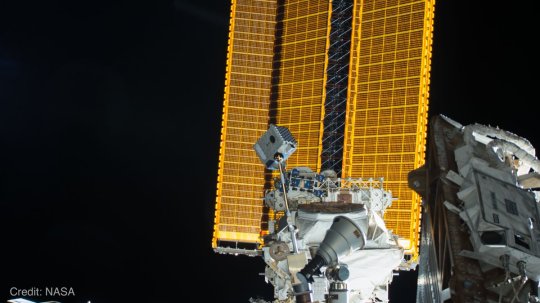
When calculating position or location, extremely accurate timekeeping is essential. We usually rely on atomic clocks, which use the predictable fluctuations of atoms to tick away the seconds. These atomic clocks can be located on the ground or in space, like the ones on GPS satellites. However, our GPS system only works on or close to Earth, and onboard atomic clocks can be expensive and heavy. Using pulsar observations instead could give us free and reliable “clocks” for navigation. During its experiment, SEXTANT was able to successfully determine the space station’s orbital position!

We can calculate distances using the time taken for a signal to travel between two objects to determine a spacecraft’s approximate location relative to those objects. However, we would need to observe more pulsars to pinpoint a more exact location of a spacecraft. As SEXTANT gathered signals from multiple pulsars, it could more accurately derive its position in space.
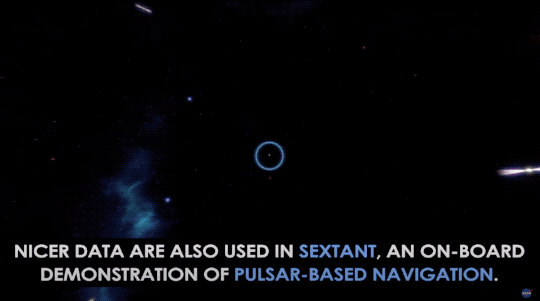
So, imagine you are an astronaut on a lengthy journey to the outer solar system. You could use the technology developed by SEXTANT to help plot your course. Since pulsars are reliable and consistent in their spins, you wouldn’t need Wi-Fi or cell service to figure out where you were in relation to your destination. The pulsar-based navigation data could even help you figure out your ETA!
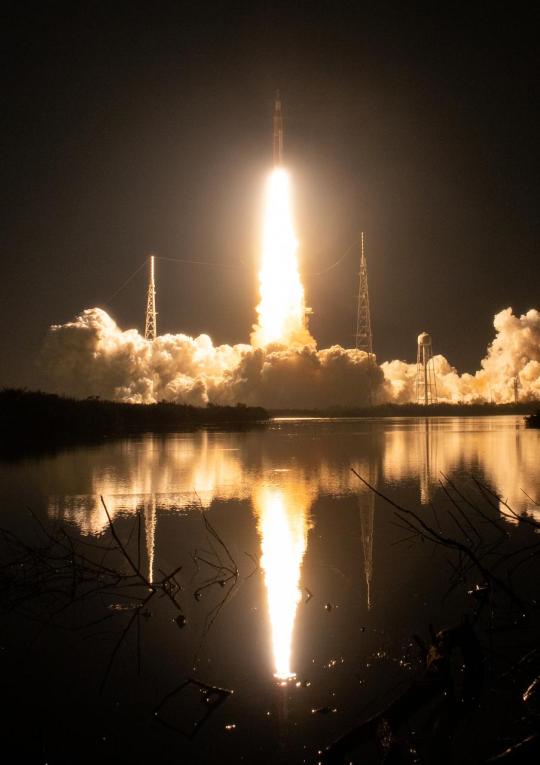
None of these missions or experiments would be possible without Jocelyn Bell Burnell’s keen eye for an odd spot in her radio data decades ago, which set the stage for the idea to use spinning neutron stars as a celestial GPS. Her contribution to the field of astrophysics laid the groundwork for research benefitting the people of the future, who yearn to sail amongst the stars.
Keep up with the latest NICER news by following NASA Universe on X and Facebook and check out the mission’s website. For more on space navigation, follow @NASASCaN on X or visit NASA’s Space Communications and Navigation website.
Make sure to follow us on Tumblr for your regular dose of space!
#NASA#pulsar#Jocelyn Bell Burnell#spaceblr#space#star#neutron star#deep space#telescope#navigation#universe#astronomy#science
4K notes
·
View notes
Text


Bringing a lil Pulsar, an aasimar/air genasi cleric (who belongs to my partner!) It was a good way to flesh out their design
I wanted to play with that marble texture so bad ngl- Pulsar is basically a bunch of energy contained in a doll-like marble body and I love them for it!! Slightly spooky creature, all around sweetheart
As always reblogs are super appreciated!
#dnd#dungeons and dragons#aasimar#genasi#air genasi#cleric#fantasy#character design#eldritch#doll#elf#sygdomthings#syg2023#pulsar#celestial#angel#art#monster#pathfinder#ttrpg
478 notes
·
View notes
Text


#marvel#marvel comics#marvel 616#johnny storm#monica rambeau#human torch#photon#captain marvel#pulsar#spectrum#fantastic four#thunderbolts#avengers unity division#strikeforce#fantastic force#ultimates#future foundation#mighty avengers#fantastic three#nextwave#avengers#polls
125 notes
·
View notes
Text

Monica Rambeau by Stefan Tosheff
#Stefan tosheff#monica rambeau#photon#spectrum#pulsar#captain marvel#art#artwork#marvel#marvel universe#marvel superheroes#marvel comics#marvel heroes#marvel heroines#marvel superheroines
111 notes
·
View notes
Text


Pulsar Strawberry glycerin bubbler 🍓
#bonglife420#mine#bubbler#pulsar#pulsarglass#glycerin#weed#pot#ganja#marijuana#high#bud#stoned#stoners#thc#indica#sativa
266 notes
·
View notes
Text
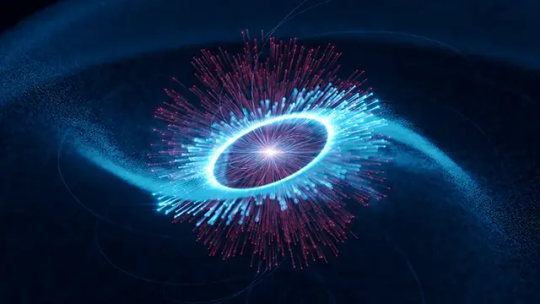
Scientists have detected the highest energy gamma rays ever from a dead star called a pulsar. The energy of these gamma rays clocked in at 20 tera-electronvolts, or about ten trillion times the energy of visible light.
Read more: https://rb.gy/w4xml
#nasa#astronomy#astrophotography#solar system#astrophysics#hubble#physics#james webb images#james webb space technology#nebula#pulsar#dead stars#amazing facts#amazing#i love universe#law of the universe#my universe#observable universe#linked universe#space exploration#outer space#study space#space#nasa scientists
126 notes
·
View notes
Text
the beauty of the cosmos is so magical 💜🖤💫✨🪐☄️🌌🌠



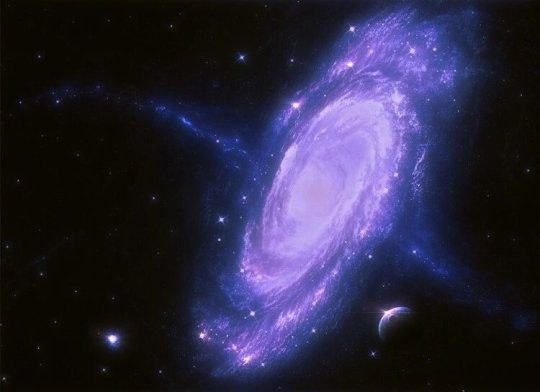
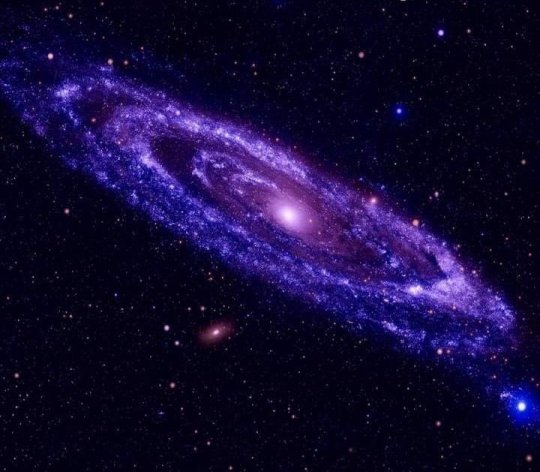


#space#cosmos#night sky#universe#cosmic#celestial#astral#stars#nebula#galaxy#supernova#nova#comet#asteroid#neutron stars#pulsar#quasar#black hole#planets#dark matter#astronomy#cosmology#planetary science#astrophysics
135 notes
·
View notes
Text

A shining star, high up in the sky
Today I bring you a very special Pulsar piece made for @leidensygdom and @/absent_lambeth 's anniversary!
I'm super happy with how it came out, went all out with it!
#original#original character#dnd#illustration#dnd art#dnd character#aasimar#air genasi#dnd oc#pulsar#cleric#angel#celestial#dungeons and dragons#character design#character art#my art
169 notes
·
View notes
Photo
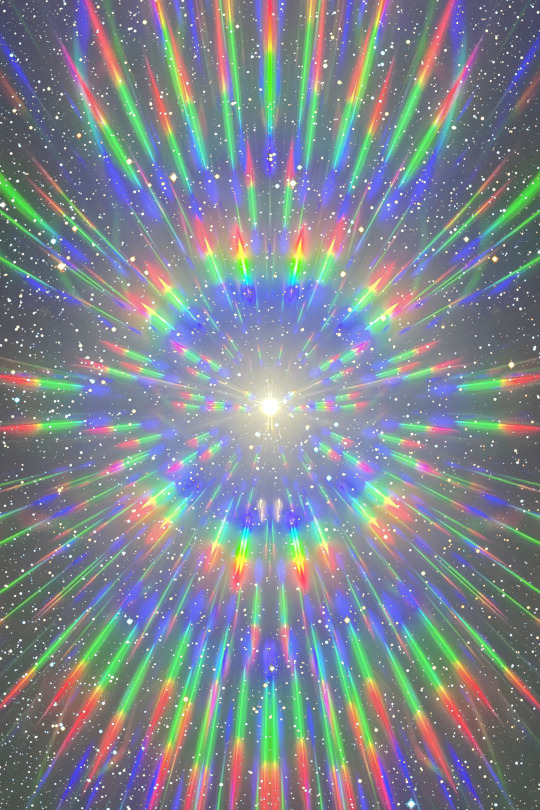
Prismatic Pulsar
1K notes
·
View notes
Text

"Hand of God"
Can you see the shape of a hand in this new X-ray image?
The hand might look like an X-ray from the doctor's office, but it is actually a cloud of material ejected from a star that exploded.
NASA's Nuclear Spectroscopic Telescope Array, or NuSTAR, has imaged the structure in high-energy X-rays for the first time, shown in blue.
Image credit: NASA/JPL-Caltech/McGill
#art#cosmos#cosmic#universe#blast#space#photography#god#hand#x-ray#nasa#cloud#NST#NuSATR#hight energy#pulsar#nebula#chandra#JPL-caltech#McGill
79 notes
·
View notes
Text


Pulsar, a quite divine Aasimar/Air Genasi cleric! They have a love for pastels and a rather over the top design!
It's been a while since I finished a piece, so I'm most glad to bring this one in! Pulsar is a new character (belonging to my partner, designed by me) and they are just really fun to draw. They're made out of marble, and have this almost uncanny doll-like look to them. The marble encases a core made out of pure energy, which can be seen in some parts of their body. It was very fun to try to combine their celestial and elemental heritage!
It's been very hard to get art done of late, so all reblogs get my endless appreciation!! I hope you like this cloudy bean
#aasimar#angel#genasi#air genasi#celestial#cleric#oracle#elf#doll#dnd#dnd art#dungeons and dragons#character design#original character#eldritch#fantasy#illustration#sygdomthings#syg2023#pulsar
575 notes
·
View notes
Text



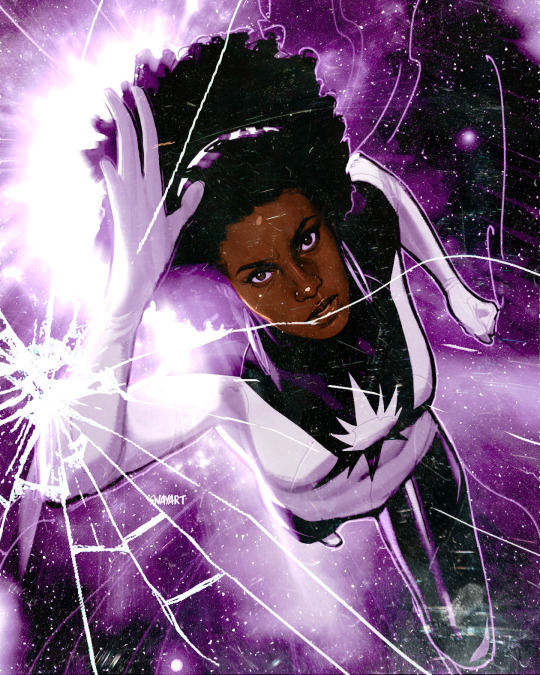


godspeed, then. not quite... more like lightspeed.
#tuserbarry#userjohnny#usermaguire#usersemily#userraffa#themarvelmultiverse#dailyavengers#dailymarvel#dailymarvelwoc#comicedit#marveledit#avengersedit#monica rambeau#photon#captain marvel#spectrum#pulsar#art by karen s. darboe & mateus manhanini & lucio parrillo & joshua swaby & peach momoko#**#*mine: graphic#*mine: marvel comics
379 notes
·
View notes
Text


#marvel#marvel comics#marvel 616#monica rambeau#photon#captain marvel#pulsar#spectrum#warren worthington III#angel#archangel#thunderbolts#x-corp#strikeforce#x-men#ultimates#hellfire club#mighty avengers#x-club#nextwave#secret defenders#avengers#x-factor#x-terminators#defenders#champions#polls
61 notes
·
View notes
Text
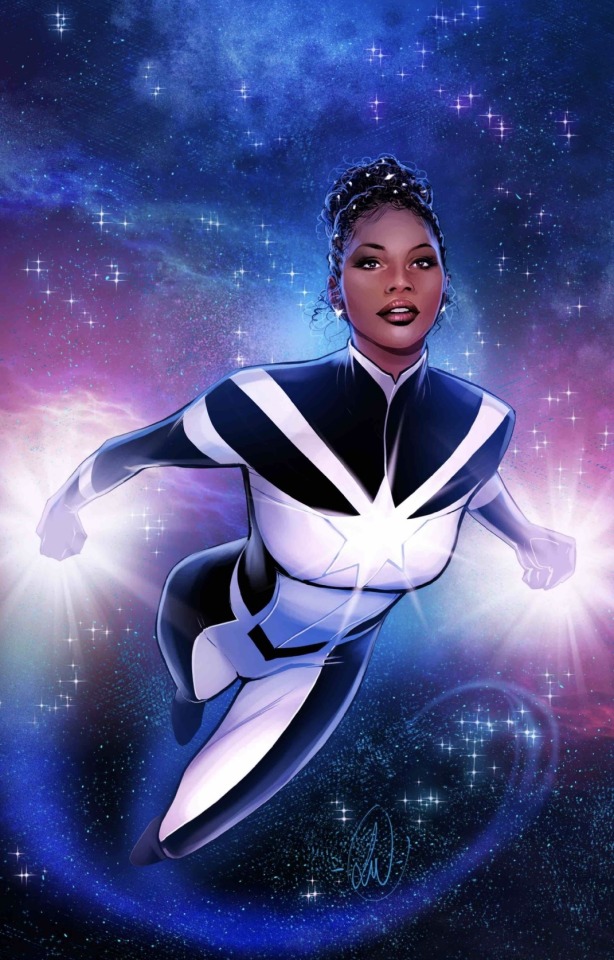
Monica Rambeau by Lucas Werneck
#monica rambeau#lucas werneck#lukas werneck#captain marvel#pulsar#spectrum#photon#art#artwork#the marvels#marvel#marvel universe#marvel superheroes#marvel comics#marvel heroes#women of marvel#marvel superheroines#marvel heroines
114 notes
·
View notes
Text

fancy suit time!
45 notes
·
View notes
